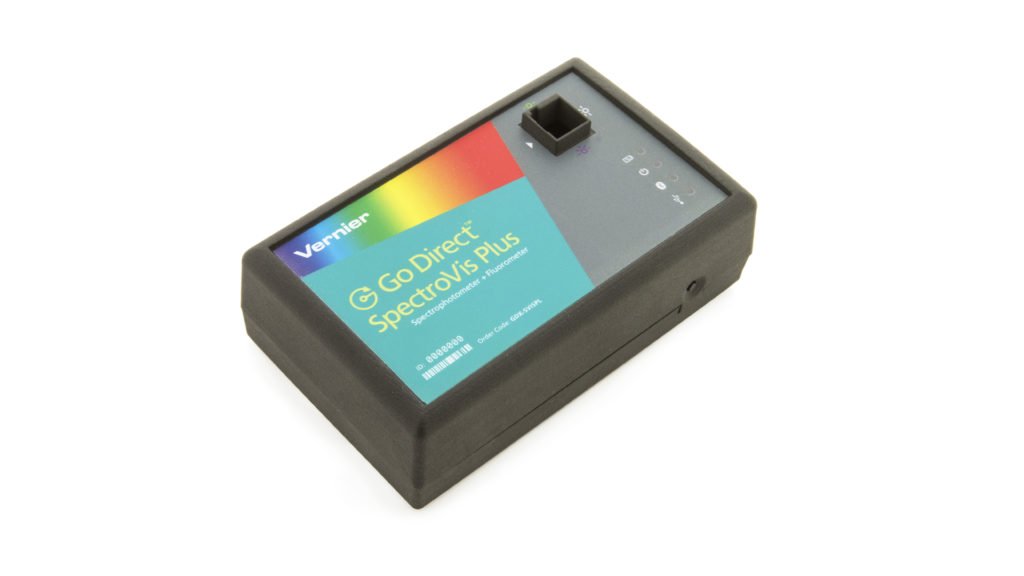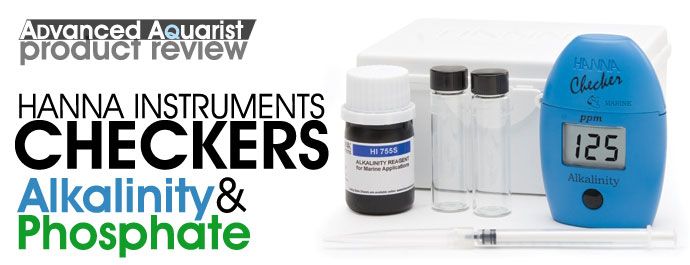Happy Sunday everyone.
I hope this is the right forum to post questions that relate to testing reef's parameters. I wonder if anyone is using lab grade spectrometer for all of your tests. A brief search on spectrometers and methods of converting wavelengths of known/unknown solutions to concentrations make me think it is possible. If the answer is YES then I think we can eliminate alot of head scratching, save some money, and obtain more accuracy results.
Thank you all in advance.
I hope this is the right forum to post questions that relate to testing reef's parameters. I wonder if anyone is using lab grade spectrometer for all of your tests. A brief search on spectrometers and methods of converting wavelengths of known/unknown solutions to concentrations make me think it is possible. If the answer is YES then I think we can eliminate alot of head scratching, save some money, and obtain more accuracy results.
Thank you all in advance.























